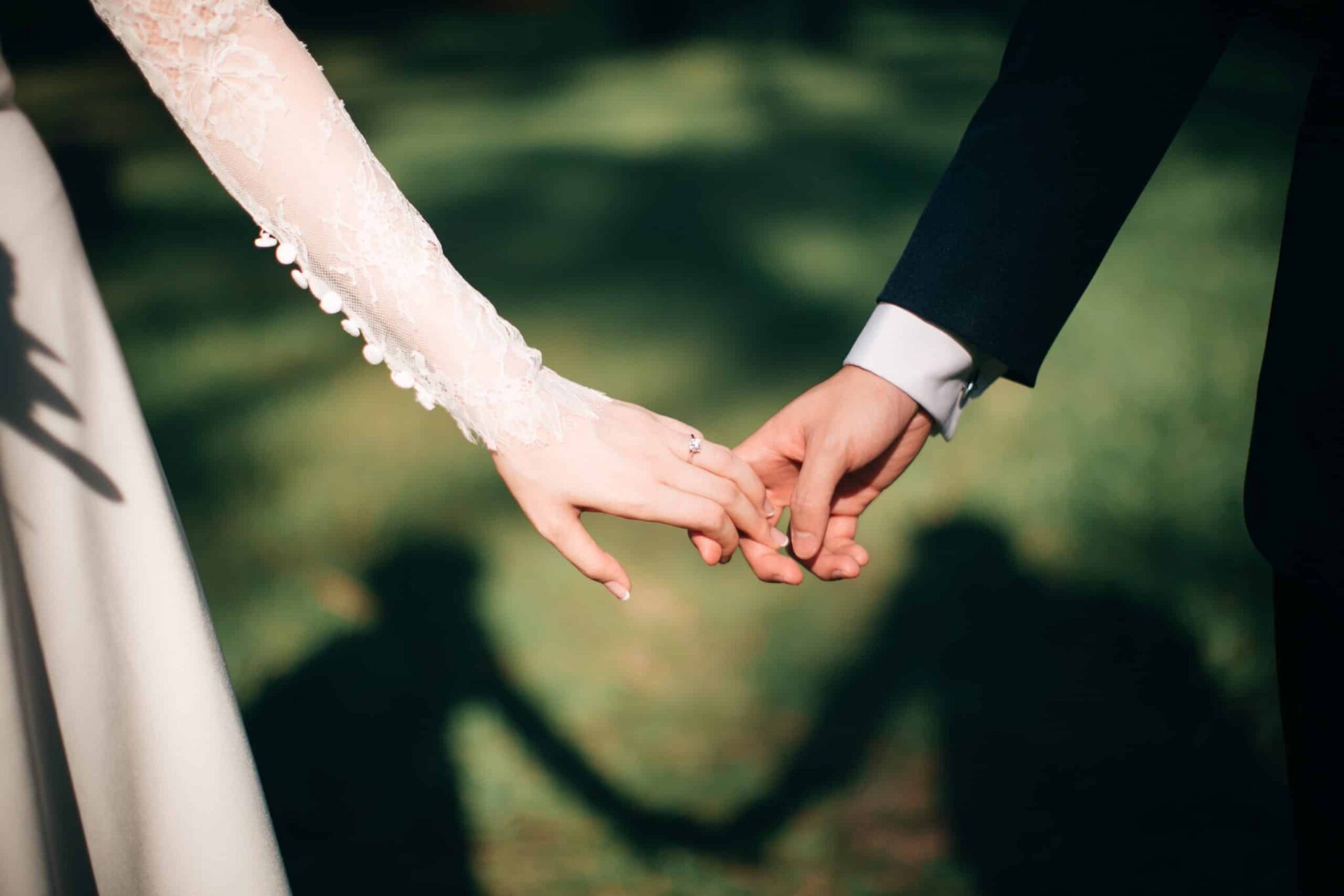Taking a break from “Royal Wedding Watch” here by looking at traditional love symbols of the Celtic World. It would be fun if Harry and Meghan (yes, we are on a first-name basis) incorporated some into their big day tomorrow! Probably the most recognized love symbol, the Claddagh, comes from Ireland. Scotland and Wales are not missing out on romantic symbolism however; they have the Luckenbooth and the Lovespoon, respectively.
Friendship, Love and Loyalty
At Donegal Square, customers often ask what the Claddagh is and what it symbolizes. The Claddagh has three elements: Hands, Heart and Crown, which symbolize Friendship, Love and Loyalty. How you wear your Claddagh ring can show the world your romantic status. Worn on the right hand with crown turned inward means your heart is available. If you wear it on your right hand but face the heart towards you (crown facing out), it means “a love is being considered”. If you put it on your left hand with the heart facing toward you, it means your heart is truly spoken for. Traditionally a Claddagh ring was worn as a wedding band, but it has also come to be given and worn as a friendship ring or promise ring.
Where did the Claddagh ring originate? Centuries ago, there was a fishing village called Claddagh just outside of Galway. It has since been incorporated into Galway city and sits in a beautiful location near the Spanish Arch where the River Corrib and Galway Bay meet. In the early 16th century, there was a fisherman named Richard Joyce who was captured by pirates one week before his wedding. And we thought the Royal Wedding had some drama!
The pirates sold Joyce into slavery with a Moorish goldsmith. While in captivity, Joyce fashioned a ring for his beloved. This special ring contained three symbols: Hands, Heart and Crown. When Joyce was released from slavery, he and his bride were reunited and married, settling in the village of Claddagh.
Today, Galway continues to be the center of the Claddagh ring fable and several jewelers in the city specialize in pieces (especially rings) containing this romantic love symbol.
From Edinburgh’s Royal Mile
Scotland has its own romantic love symbol: the Luckenbooth brooch. This special piece of jewelry was traditionally exchanged between lovers upon their betrothal. The Luckenbooth features two intertwined hearts and is sometimes inscribed with “Of Earthly Joys, Thou Art My Choice”. Topping the hearts is a crown symbolic of Mary, Queen of Scots.

A pewter quaich, or loving cup, featuring the Luckenbooth
This Scottish love symbol has been around for a long time. How did the Luckenbooth brooch get its name? In the early 1700’s , it was sold from “locked booths” on the Royal Mile adjacent to St. Giles Cathedral in Edinburgh. Today, the brooch itself may not be commonly given upon betrothal, but many pieces of Scottish jewelry incorporate the Luckenbooth. Centuries later, it still signifies love and the intertwining of two hearts.
Handcarved in Wales with Love
Lovespoons are a traditional love symbol in Wales. The custom of a would-be suitor giving a hand carved lovespoon to his beloved goes back to the 15th century. The suitor often carved the spoon himself as it was important for the girl’s father to see that the young man was capable of providing for his family with woodworking.
Over time, spoons became more intricately carved and incorporated many symbols of love. Sailors would carve lovespoons during their long journeys, so anchors were often incorporated into the carvings. Aside from anchors, carved symbols can include: Horseshoe (Luck), Cross (Faith), Bells (Marriage), Hearts (Love), Wheel (Supporting a Loved One), and Lock (Security).

Lovespoon with Heart, Horseshoe and Cross
Lovespoons eventually lost their functional purpose as a spoon and today are treasured decorative craft items. Lovespoons are given as wedding and anniversary gifts, as well as birthday, baby gifts, Christmas or Valentine’s Day gifts.
